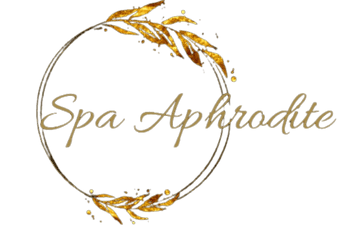
Cupping Therapy

Cupping therapy, also known as myofascial decompression. It involves placing cups (made of glass, plastic, or ceramic) on the skin to create suction. Cups can be placed on the back, shoulders, stomach, legs or any muscle group where it’s easy to attach the cups.
This suction creates a negative pressure environment allowing for myofascial decompression as the skin is drawn into the cups. While massage therapy uses direct pressure to release tension, cupping uses negative pressure to lift the muscle fibers and draw blood to the area.
There are several purported benefits of cupping that include reduced pain, muscle tightness and inflammation, improved blood flow (circulation) and increased range of motion.
Cupping shouldn’t be painful. It may cause temporary bruising (known as ecchymosis), swelling or soreness, depending on the person or amount of treatment done. The spots left behind typically fade after several days or a week.
There are very few risks of cupping but be aware cupping can leave behind those hickey-like bruises on your skin and may worsen eczema or psoriasis. There is also a small risk of skin infection, especially if wet cupping is involved.
Even if considered safe, cupping isn’t for everyone. It is not recommended for people with liver, kidney or heart failure or those with a pacemaker. As well, it can’t be used if you have hemophilia, anemia or similar blood disorders, heart disease or are on blood thinners. If pregnant, it has been advised to avoid cupping to the abdomen and lower back
Get in Touch
Office location
5222 Balboa Ave. Ste 1/3, San Diego, California, 92117Give us a call
(619) 995-5651Send us an email
[email protected]